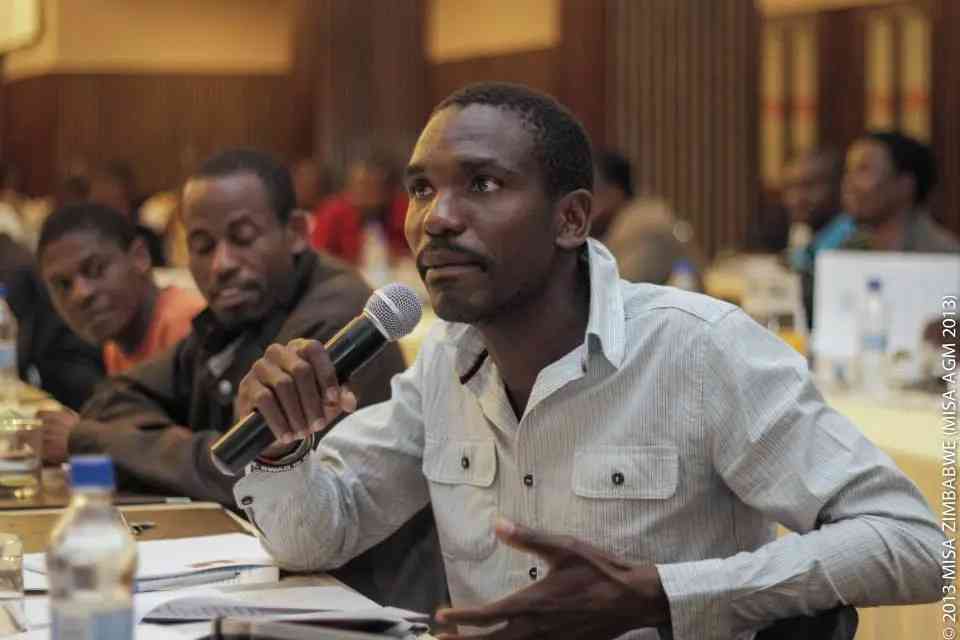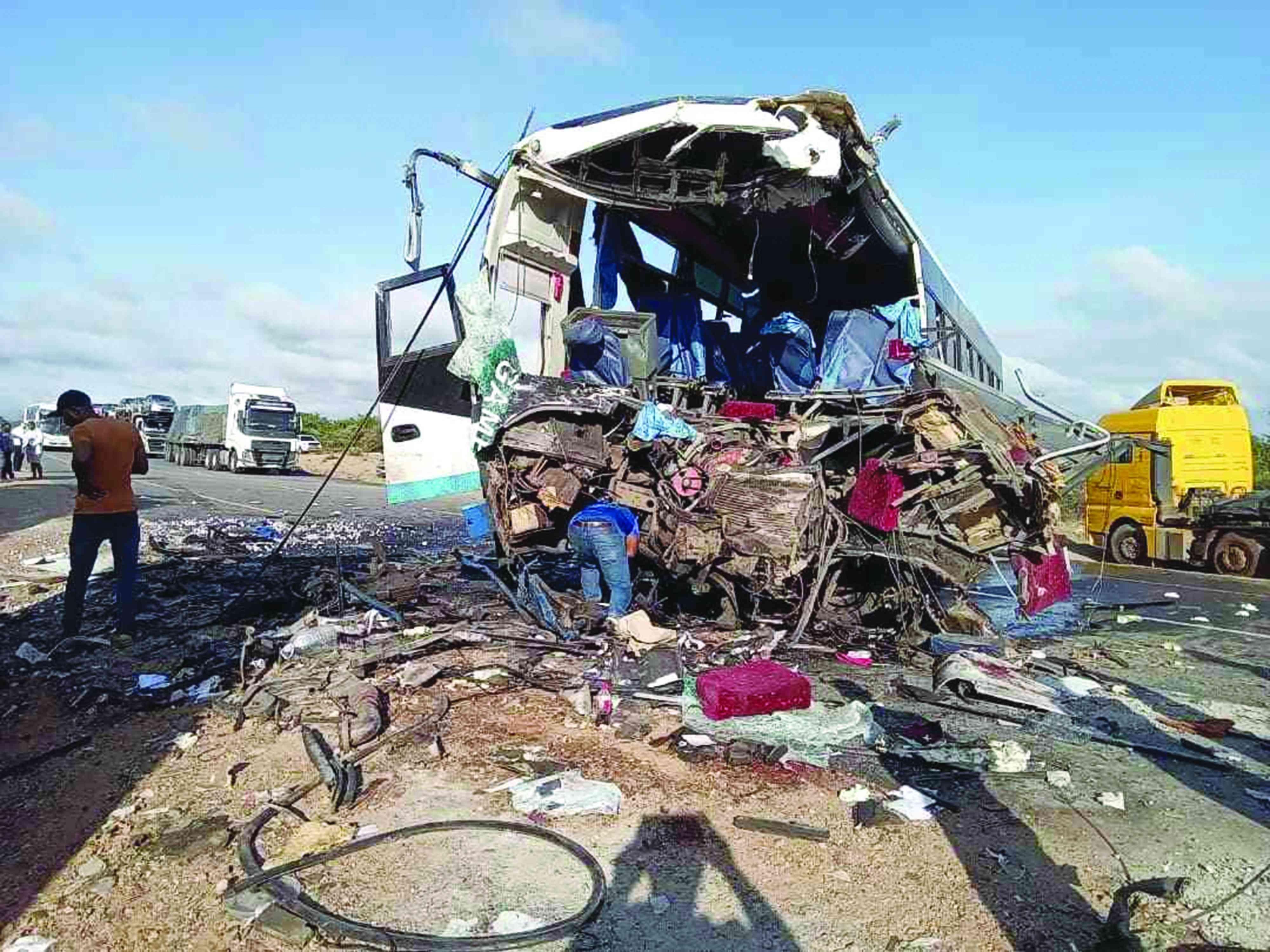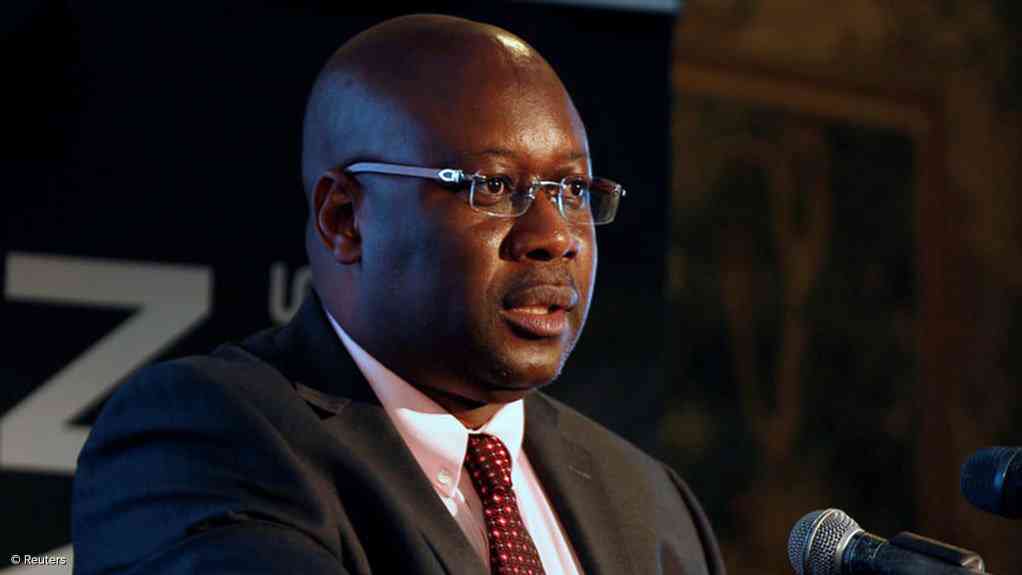
ZIMBABWE'S banking industry has escalated calls for the government to finalise a debt clearance plan being executed under the stewardship of the Africa Development Bank (AfDB), as finance minister Mthuli Ncube prepares to table the 2025 spending plan.
President Emmerson Mnangagwa in 2022 established the structured dialogue platform with foreign creditors, who are owed over US$14 billion to help the country thrash out a viable repayment plan.
Combined, Zimbabwe’s overall unsettled commitments increased to about US$21 billion last year, which translates to just about 50% of the country's gross domestic product (GDP).
In April, Mnangagwa estimated Zimbabwe’s GDP at about US$57 billion.
The debt overshoot has elevated the country risk profile.
Bankers and other companies seeking offshore credit lines have been caught up in the crisis, and the Bankers Association of Zimbabwe (BAZ) said it was time the country escalated its engagement with creditors.
In a paper submitted to the government stating the banking sector's views for the budget, BAZ, along with the Zimbabwe National Chamber of Commerce (ZNCC), said finalising the arrangement hinged on bolstering cooperation with creditors.
“Finalise the arrears clearance and debt relief strategy, which hinges on the continued strengthening of cooperation with IFIs (International financial institutions), negotiating for arrears clearance and debt relief, and restructuring with the IFIs,” BAZ said.
- Experts downbeat as Ncube cuts GDP forecasts
- New perspectives: De-link politics from Zim’s education policies
- Experts downbeat as Ncube cuts GDP forecasts
- New perspectives: De-link politics from Zim’s education policies
Keep Reading
The country made previous attempts at debt relief through the Highly Indebted Poor Countries Initiative, but it faced roadblocks.
In 2016, Zimbabwe negotiated a repayment plan at the Breton Woods institutions’ spring meetings in Lima, Peru, which was jeopardised by the late former strongman Robert Mugabe’s lukewarm response.
But implications of financial isolation have been brutal, according to the ZNCC, which also red-flagged the debt in a separate submission to the government.
“Amidst the recurring currency crisis, the question to ask is where debt should be relocated during and after such a crisis to allow the strongest recovery and growth trajectory — with borrowers? With lenders, or with the state?” ZNCC posed its questions to Ncube.
“The chamber suggests that applying for relief on debt service might be more cost effective than writing off debt altogether. However, the long-term objective is to gradually reduce the ratio of public debt to GDP, while examining the inflation targets,” ZNCC added.
The debt clearance plan processes are being championed by AfDB president Akinwumi Adesina and former Mozambican head of state Joaquim Chissano.
Last year, the facilitators laid out tough political and economic reforms that Harare had to achieve in order to regain international confidence, as it moved to tackle a crisis that has frustrated economic growth and political stability for over two decades.
During the initial phases of the negotiations in Harare, Adesina and Chissano indicated that the plan would only be viable if Zimbabwe dealt with concerns over a series of factors, including political and electoral reforms, before warning leaders that the world was watching, and Zimbabwe must work with everyone.
Chissano and Adesina wanted Zimbabwe to make firm undertakings for holding free and fair elections in 2023 and beyond, while making sure conditions set under the Zimbabwe Democracy and Economic Recovery Act (Zidera), a US law, were also met.
This, they said, would give them impetus to meet global leaders and tell them that there was progress in the country.
Under the process, Zimbabwe was also expected to stop multiple exchange rates — the driving force behind protracted downturns.
Harare was asked to agree to transfer the central bank’s debt to government and ensure all expenditures were accounted for through the national budget, while the Reserve Bank of Zimbabwe ended all quasi-fiscal operations.
While addressing one of the high-level dialogues, Chissano indicated that the road ahead would be tough as Harare had to demonstrate an attitude that gives creditors reason to review their stance.
He said a clear and credible plan outlining how Zimbabwe would settle up to US$3,5 billion owed to over 3 000 white commercial farmers chased out of their land in 2000 would also be important.
“A set of matrices have been developed outlining several reforms to be undertaken by the government, covering economic, governance, land tenure and compensation of former commercial farmers issues,” Chissano said.
“These reforms, which have been a result of substantive discussions, offer a set of realistic and achievable commitments to be under taken by the government of Zimbabwe.
“The progress must be recognised and we should encourage the government to implement fully these commitments,” he noted.
Adesina also weighed in, saying issues to deal with Zimbabwe’s debt challenges were beyond economic and financial matters.










